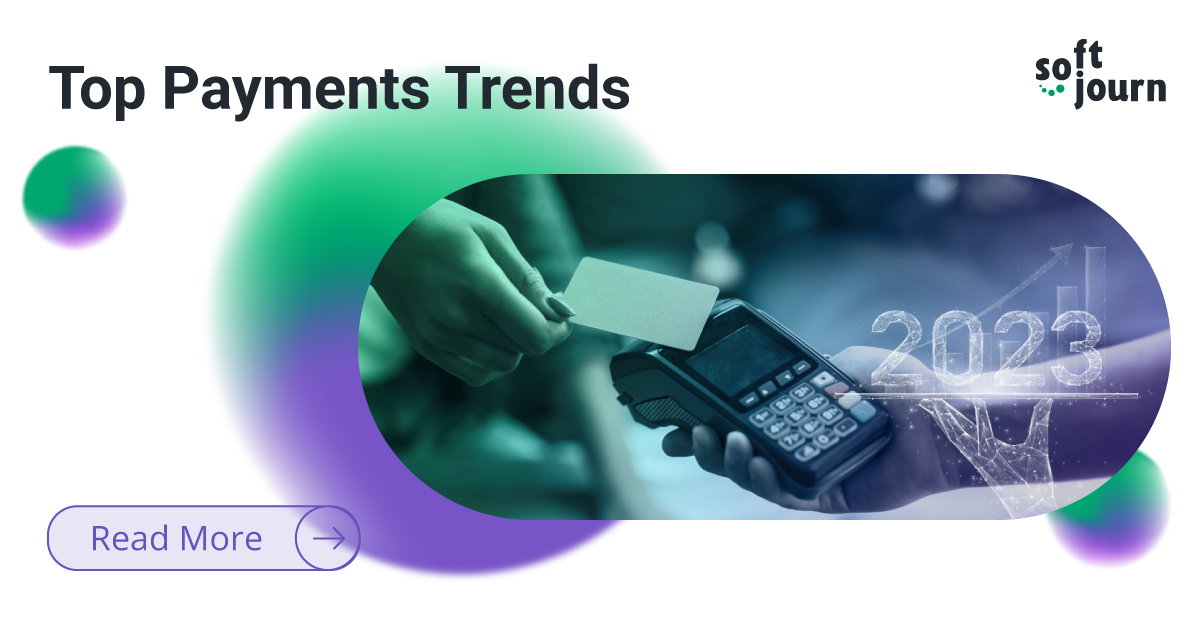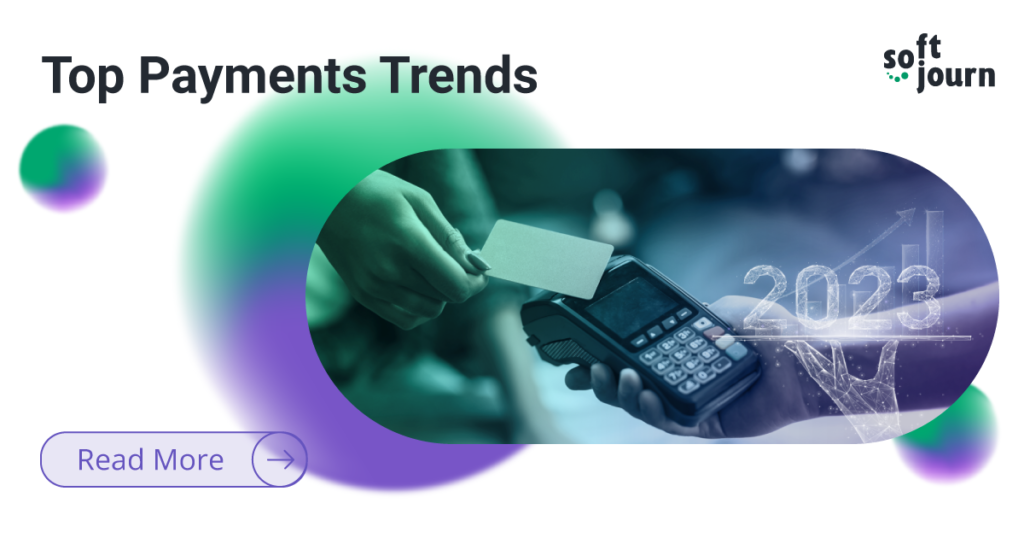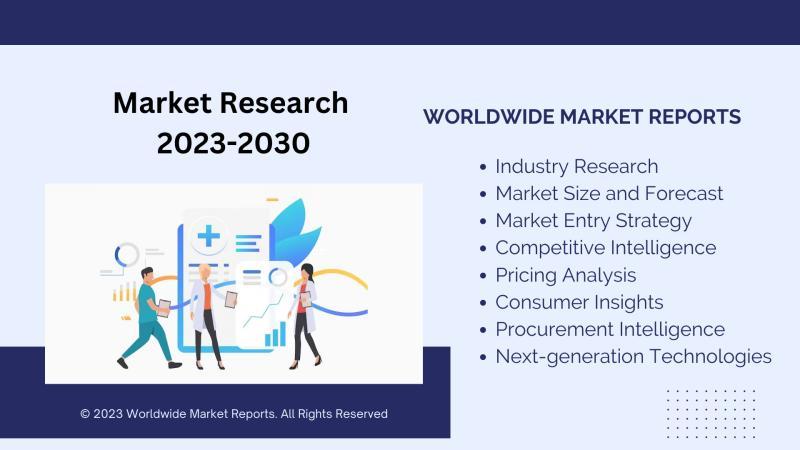
Stay ahead of the curve and keep up with the latest trends in mobile credit card processing for 2023. As technology continues to advance at a rapid pace, it’s crucial for businesses to stay updated and adapt to the changing landscape of payment methods. In this article, we will explore the key trends that will shape the mobile credit card processing industry in 2023, empowering you to make informed decisions and maximize your business’s potential. From the rise of contactless payments to the increased demand for mobile wallets, we’ll cover it all and help you stay ahead in this fast-paced digital world.
1. Rise of Contactless Payments
Growing popularity of mobile wallets
In recent years, there has been a significant rise in the popularity of mobile wallets as a preferred method of payment. Mobile wallets, such as Apple Pay, Google Pay, and Samsung Pay, are digital platforms that allow users to store their credit card information securely on their mobile devices. This eliminates the need for physical credit cards and enables users to make contactless payments simply by tapping their phones on payment terminals.
Increase in NFC-enabled devices
Another factor contributing to the rise of contactless payments is the increase in NFC-enabled devices. NFC, or Near Field Communication, is a technology that allows for short-range wireless communication between devices. Many newer smartphones and tablets are equipped with NFC capabilities, making it easier for users to make contactless payments by simply waving their devices near NFC-enabled payment terminals.
Integration of contactless payments in various industries
Contactless payments are not limited to retail stores; they are increasingly being integrated into various industries. From restaurants and coffee shops to transportation services and vending machines, contactless payment options provide convenience and efficiency for both businesses and consumers. This trend is expected to continue to grow in 2023, with more businesses embracing contactless payment solutions to cater to the evolving needs and preferences of their customers.
2. Biometric Authentication
Greater reliance on biometric technology
Biometric authentication is becoming increasingly prevalent in mobile credit card processing. Biometric technology uses unique physical or behavioral characteristics, such as fingerprints or facial recognition, to authenticate a user’s identity. This eliminates the need for traditional passwords and provides a more secure and convenient authentication method.
Integration of fingerprint and facial recognition
Mobile payment apps are incorporating biometric authentication methods such as fingerprint and facial recognition to enhance security. Users can easily authorize payments by placing their finger on the fingerprint sensor or using their face to unlock their device. This technology ensures that only authorized users can access and make payments through their mobile devices.
Enhanced security and convenience for users
Biometric authentication offers enhanced security compared to traditional password-based methods. Since biometric characteristics are unique to each individual, it becomes significantly more challenging for unauthorized users to gain access to someone’s mobile payment app. Additionally, biometric authentication provides a seamless and convenient user experience, eliminating the need to remember and enter complex passwords.

3. Expansion of Peer-to-Peer (P2P) Payments
Increase in person-to-person mobile transactions
Peer-to-peer (P2P) payments have seen a significant increase in recent years, with more people using their mobile devices to send and receive money directly to and from friends, family, or even acquaintances. Popular P2P payment apps, such as Venmo and PayPal, have simplified the process of splitting bills, sharing expenses, and sending money for various purposes.
Integration of social media platforms with payment functionalities
One of the key trends in P2P payment apps is the integration of social media platforms with payment functionalities. This allows users to easily connect with their friends and contacts, view their payment activity, and send or request money directly within the social media app. This integration further enhances the convenience and accessibility of P2P payments, as users can seamlessly transition from social interactions to financial transactions.
Convenience and simplicity for users
P2P payments offer users a convenient and simple way to transfer funds without the need for physical cash or checks. Whether it’s splitting a dinner bill with friends or paying someone back for a borrowed amount, P2P payment apps make transactions quick and hassle-free. The increasing popularity of P2P payments signifies a shift towards a more digital and cashless society, where mobile devices serve as an all-in-one tool for communication and financial transactions.
4. Adoption of Blockchain Technology
Increased efficiency, transparency, and security in transactions
Blockchain technology has gained significant attention in recent years due to its potential to revolutionize various industries, including mobile credit card processing. Blockchain offers enhanced efficiency, transparency, and security in transactions by decentralizing and distributing the transaction data across a network of computers. This eliminates the need for intermediaries, reduces transaction costs, and provides a tamper-proof record of all transactions.
Integration of cryptocurrency payments
One of the key applications of blockchain technology in mobile credit card processing is the integration of cryptocurrency payments. Cryptocurrencies, such as Bitcoin and Ethereum, are digital assets that can be used as a medium of exchange. By integrating cryptocurrencies into mobile payment apps, users have the option to make payments using their preferred digital currency, providing them with more flexibility and choice.
Blockchain-powered mobile payment platforms
In addition to integrating cryptocurrency payments, there is an emergence of blockchain-powered mobile payment platforms. These platforms leverage the decentralized nature of blockchain technology to enable secure and efficient mobile transactions. By utilizing blockchain’s distributed ledger technology, these platforms offer increased security and transparency, allowing users to have full control and visibility over their transactions.

5. Integration of Augmented Reality (AR)
Enhanced shopping experiences through AR technology
Augmented Reality (AR) technology is revolutionizing the way people shop, and its integration into mobile payment apps is a growing trend. AR allows users to superimpose virtual elements, such as product images, information, or even try-on features, onto the real world. By integrating AR technology into mobile payment apps, users can enhance their shopping experiences by visualizing and interacting with products before making a purchase.
AR-enabled mobile payment apps
Mobile payment apps are incorporating AR features to provide users with a more immersive and engaging shopping experience. Users can use their smartphones or tablets to scan products and view additional information, reviews, or promotions related to the product. AR-enabled mobile payment apps also provide users with interactive features, such as virtual try-on, allowing them to virtually try on clothing or accessories before making a purchase decision.
Increased customer engagement and satisfaction
The integration of AR technology in mobile payment apps not only enhances the shopping experience but also increases customer engagement and satisfaction. By providing users with interactive and informative content, AR-enabled apps create a more personalized and immersive shopping environment. This trend is particularly beneficial for businesses as it helps them stand out in a competitive market and build stronger relationships with their customers.
6. Enhanced Security Measures
Implementation of tokenization technology
Tokenization technology is becoming increasingly prevalent in mobile credit card processing as a means to enhance security. Tokenization involves replacing sensitive cardholder data, such as credit card numbers, with unique tokens. These tokens are then used for transactions, minimizing the risk of data breaches and theft. Even if a token is intercepted, it cannot be used to retrieve the original card information, providing an additional layer of security.
Advanced encryption techniques
The adoption of advanced encryption techniques is another measure being taken to enhance the security of mobile credit card processing. Encryption involves the conversion of sensitive data into a coded form that can only be deciphered by authorized parties. By encrypting cardholder data during transmission and storage, mobile payment apps ensure that the information remains secure and protected from unauthorized access.
Two-factor authentication for mobile payments
To further enhance security, mobile payment apps are implementing two-factor authentication methods. Two-factor authentication requires users to provide two different types of authentication factors, such as a password and a unique code sent to their mobile device, ensuring that only authorized users can access and authorize payments. This additional layer of security significantly reduces the risk of fraudulent transactions and unauthorized access to mobile payment apps.

7. Internet of Things (IoT) Integration
Integration of mobile payments with IoT devices
The Internet of Things (IoT) refers to the network of interconnected devices that can communicate and share data with each other. The integration of mobile payments with IoT devices is a growing trend, allowing users to make seamless transactions through their smart devices. From smartwatches and fitness trackers to connected cars and home automation systems, IoT devices provide new opportunities for frictionless mobile payments.
Seamless transactions through smart devices
By integrating mobile payments with IoT devices, users can enjoy seamless and convenient transactions. For example, a user wearing a smartwatch can simply tap their wrist to make a payment at a retail store or even pay for their morning coffee at a café. This eliminates the need to carry physical payment cards or even a smartphone, further simplifying the payment process.
Increased convenience and automation
The integration of mobile payments with IoT devices not only enhances convenience but also enables automation in various aspects of daily life. For example, connected cars can automatically make payments for tolls or parking fees, eliminating the need for manual transactions. Similarly, smart home devices can be integrated with mobile payment apps to automate payments for utilities, groceries, or other recurring expenses. This integration of IoT and mobile payments provides users with a more connected and seamless lifestyle.
8. Customizable Payment Experiences
Personalized user interfaces
To cater to the diverse needs and preferences of users, mobile payment apps are offering personalized user interfaces. Users have the option to customize their payment apps, such as choosing their preferred theme, layout, or even organizing their payment methods based on their frequency of use. This customization allows users to create a payment app that suits their individual preferences and enhances their overall payment experience.
Tailored payment options and features
In addition to customizable user interfaces, mobile payment apps are offering tailored payment options and features. Users can select from various payment methods, such as credit cards, debit cards, or even loyalty points, depending on their needs and preferences. Furthermore, payment apps are integrating additional features, such as budgeting tools, expense tracking, or even personalized rewards programs, to provide users with a comprehensive and tailored payment experience.
Adaptive payment solutions for different industries
Mobile payment apps are also becoming adaptive to the specific needs and requirements of different industries. For example, in the food and beverage industry, payment apps are integrating features like tableside ordering, split billing, or reservations to streamline the dining experience. In the retail industry, mobile payment apps are incorporating loyalty programs, personalized offers, and even augmented reality shopping experiences. This adaptability allows businesses to provide customized payment solutions that cater to the unique demands of their industry.

9. Rise of QR Code Payments
Increase in popularity of QR code-based payments
QR code-based payments have gained popularity in recent years due to their simplicity and convenience. QR codes are scannable codes that contain payment information, allowing users to make payments by simply scanning the code with their mobile devices. This payment method eliminates the need for physical payment cards and provides a quick and efficient way to make transactions.
Integration of QR code scanning in mobile payment apps
Mobile payment apps are integrating QR code scanning functionalities to enable users to make payments seamlessly. By scanning QR codes displayed at payment terminals, users can easily authorize and complete transactions. Additionally, some payment apps are allowing users to generate their own QR codes to receive payments, making it convenient for businesses or individuals to accept mobile payments.
Convenience and efficiency for users
QR code payments offer users convenience and efficiency in the payment process. With just a simple scan, users can complete transactions without the need for physical cards or entering lengthy payment information. This payment method is particularly beneficial in situations where traditional card payment terminals may not be available, such as for small businesses or pop-up events. QR code payments are expected to continue to rise in popularity, providing users with an easy and efficient way to make mobile payments.
10. Integration of Voice Recognition
Voice-activated mobile payment systems
The integration of voice recognition technology is revolutionizing the way users interact with mobile payment apps. Voice-activated mobile payment systems allow users to make payments and authorize transactions simply by using their voice commands. This hands-free and intuitive payment method provides enhanced accessibility for visually impaired users and simplifies the overall payment experience for all users.
Enhanced accessibility for visually impaired users
Voice recognition technology provides a significant benefit to visually impaired users, as it eliminates the need for traditional touch-based interactions. With voice-activated mobile payment systems, users with visual impairments can navigate through the app, make payments, and receive confirmation using voice commands. This accessibility feature promotes inclusivity and ensures that all users can independently and confidently engage in mobile credit card processing.
Seamless and hands-free payment experiences
Voice recognition technology offers users a seamless and hands-free payment experience. Users can simply issue voice commands to their mobile devices to initiate payments, check transaction histories, or even receive real-time notifications. This intuitive payment method eliminates the need to manually input payment information or navigate through complex menus, providing users with a more natural and effortless interaction with mobile payment apps.
In conclusion, mobile credit card processing is continuously evolving to meet the changing needs and preferences of users. The rise of contactless payments, biometric authentication, P2P payments, blockchain technology, augmented reality, enhanced security measures, IoT integration, customizable payment experiences, QR code payments, and voice recognition all contribute to the advancement and transformation of the mobile payment landscape. These trends not only offer users increased convenience, security, and personalization but also open up new possibilities for businesses to innovate and provide seamless payment experiences. By staying ahead of these trends, businesses and users alike can harness the full potential of mobile credit card processing in 2023 and beyond.


